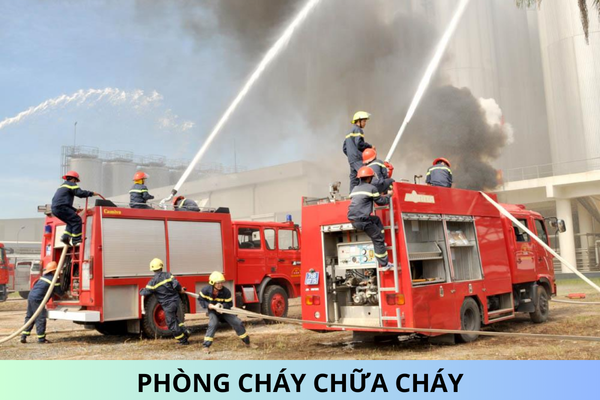Regulations on Sampling Points for Wastewater Discharge
Based on Article 10 of Circular 41/2020/TT-BCA, the determination of wastewater sampling points is carried out based on the following criteria:
- The wastewater sampling point is selected at the discharge outlet (the point where the wastewater is released into the environment). A position is chosen at the discharge outlet as the sampling point where the wastewater flow is uniformly mixed, has high homogeneity, is easy to access, and ensures safety for individuals and sampling equipment. If the proposed sampling point does not ensure safety, it must be disregarded, and another location must be chosen to ensure safety.
- After determining the sampling point, the geographical coordinates of the sampling point must be identified using a device to determine geographical coordinates. If it is not possible to determine the coordinates using a geographical coordinate device, a fixed, secure reference object must be chosen as a marker to describe the sampling point location in the sampling record.
- In the case where the discharge outlet does not have any location with turbulent flow, depending on the characteristics of the wastewater cross-section, one of the following two sampling methods must be chosen:
Choose from 3 to 5 positions across the wastewater cross-section, not close to the edge of the discharge canal. Implement the composite spatial sampling technique by taking samples at the 3 to 5 chosen positions with nearly equal amounts within a time frame not exceeding 15 minutes, and mix them evenly in an intermediate container (a plastic bucket with a capacity of 10 to 15 liters);
Create a V-shaped or rectangular barrier to narrow the cross-section of the wastewater flow to create turbulent flow. The sampling point is the position behind the narrowed section, where there is turbulent flow.
These are the criteria for determining wastewater sampling points for assessment as stipulated in Circular 41/2020/TT-BCA.
Sincerely!










